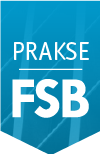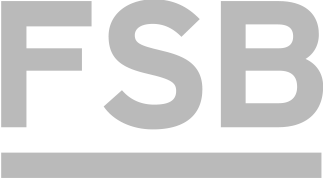International Exchange
Course details
Student Mobility > Programmes and Courses > Courses in English > Course detailsStructure Adequacy of Marine Vessels
- Teaching:
- ECTS:
- Level:
- Semester:
- Prerequisites:
- Load:
Lectures Exercises Laboratory exercises Project laboratory Physical education excercises Field exercises Seminar Design exercises Practicum 30 0 15 0 0 0 0 0 - Course objectives:
- Introduction and application of methods for evaluation of floating structures.
- Student responsibilities:
- Grading and evaluation of student work over the course of instruction and at a final exam:
- Through oral exam and evaluation of drafted project.
- Methods of monitoring quality that ensure acquisition of exit competences:
- Quality monitoring is assured through: - continous check of the project progress; - occasional knowledge checks. -selfevaluation of the course and applied teching methods
- Upon successful completion of the course, students will be able to (learning outcomes):
- Upon course completion students will be able to: - apply principles and fundamental knowledge in the field of special finite elements, analytical and numerical methods for control of geometric and material nonlinearities and ultimate strength in problems concerning analysis of ship structures; - use advanced modelling techniques for ship structures in contemporary computer tools (NASTRAN, MAESTRO) in order to obtain rational design variants. -formulate hull girder ultimate strength problem and choose applicable methods for solving the problem - to calculate critical stresses of rods/beams, plate and stiffened panels in elastic and elastic-plastic area - to make and evaluation rational judgment regarding different stiffening system of ship structurs w.r.t buckling capability - use profession specific foreign language (English) regarding the analysis of ship structures.
- Lectures
- 1. Basic principle of feasibility calculation.
- 2. Beam buckling
- 3. Plate bending.
- 4. Elastic plate buckling
- 5. Shear plate buckling
- 6. Elasto-plastic plate buckling.
- 7. Buckling of stiffened panels
- 8. Biaxial panel buckling.
- 9. Influence of method for structural response analysis on determination of structural adequacy.
- 10. Hull girder ultimate strength.
- 11. Calculation of hull girder ultimate strength with Smith method
- 12. Analysis of structure stability with linearized method (bifurcation buckling)
- 13. Nonlinear finite element analysis.
- 14. Calculation of stiffened panel ultimate strength with nonlinear finite element analysis.
- 15. Calculation of hull girder ultimate strength with nonlinear finite element analysis.
- Exercises
- 1. Definition of student"s seminar/ project.
- 2. Column and beam buckling, classification society rules.
- 3. Column and beam buckling, examples.
- 4. Plate buckling, classification society rules.
- 5. Plate buckling, examples
- 6. Stiffened panel buckling, examples
- 7. Exercise problem solving.
- 8. Exercise problem solving.
- 9. Exercise problem solving.
- 10. Exercise problem solving.
- 11. Exercise problem solving.
- 12. Exercise problem solving.
- 13. Exercise problem solving.
- 14. Exercise problem solving.
- 15. Evaluation of the student"s semeinars
- Compulsory literature:
- Uršić, J.: Čvrstoća broda III dio, Sveučilište u Zagrebu, Zagreb, 1992.
Hughes, O.F. and J.K. Paik: Ship Structural Design and Analysis, Wiley, SNAME, 2010.
Proceedings of International Ship and Offshore Structures Congress (ISSC)
Rules of Classificaton Societies - Recommended literature:






